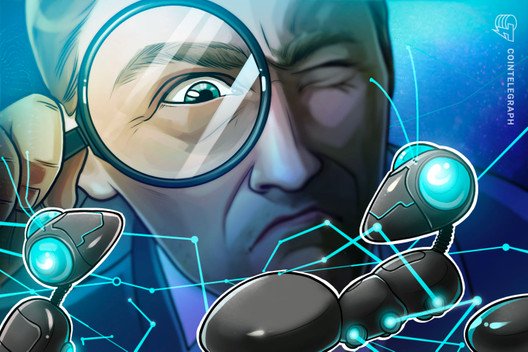Polkadot and Cosmos connect as Plasm and Secret Network release bridge MVP
Plasm Network and Secret Network, two projects based on Polkadot and Cosmos, respectively, have launched the first iteration of a bridge to connect the two ecosystems, each representing a different “layer-0” protocol.
The bridge, deployed on Tuesday on Plasm’s testnet, allows users to transfer assets between Plasm Network and Secret, allowing them to enjoy transaction privacy and use SecretSwap, the first automated market maker exchange on Secret Network. The bridge would allow Plasm users to benefit from Secret Network’s privacy layer, which is based on hardware guarantees offered by Trusted Execution Environment, or TEE, cells. Secret nodes and validators use the TEE to perform operations requiring privacy, which makes them untraceable for the nodes themselves.
In a longer term perspective, the Plasm team expects to become the gateway to Cosmos for other Polkadot projects. Key to this is winning the parachain auctions on Kusama and Polkadot, becoming fully embedded in their environments, Plasm co-founder Sota Watanabe told Cointelegraph:
“Currently, we are focusing on becoming one of the first Kusama parachains. After becoming a parachain, we will implement [the bridge] on the mainnet and make it more and more decentralized and trustless step by step.”
The current implementation of the bridge is based on the SecretBridge framework by Secret, which uses multi-sig custody with dedicated validators performing the conversions. This architecture is currently the most prevalent within various bridges and interoperability solutions, for example underpinning bridges from Ethereum to other layer-one platforms like Solana and Avalanche.
Though there are various proposed solutions to decentralize the bridging process, for example by introducing a dynamic validator selection process, the “holy grail” for blockchain bridges is the light client model. In this architecture, one blockchain is able to independently evaluate transaction proofs from another chain and make that data available to a smart contract, removing the necessity of any type of middleman.
Watanabe said that light clients are the goal, but there are still some hurdles to overcome:
“We have considered the light client implementation. And we are highly likely to take this approach after becoming a Kusama Parachain. The implementation we have today is a MVP. […] Currently, we are discussing this topic in another group with the Cosmos team. One big issue is that we need no_std versions of some of the underlying libs.”
The no_std moniker is used in the Rust programming language to denote applications that do not use the standard library. This can be a very restrictive limitation as Rust’s standard library defines many features that would be considered core attributes in higher-level languages, for example dynamic arrays and memory. In blockchain usage, no_std is a necessity due to WebAssembly, the virtual machine framework used by Polkadot and other blockchains, which has its own standard library.
Nonetheless, the Plasm and Secret bridge would mark the first time that Polkadot and Cosmos are connected. Watanabe said that the concept could easily be expanded to more Cosmos blockchains, while another option is directly implementing Cosmos’s Inter-Blockchain Communication framework on Plasm and Substrate. The current bridge design can still connect with the entire Cosmos ecosystem, provided that they pass through Secret.
Though Cosmos and Polkadot are sometimes seen as competitors, Watanabe said the bridge drives forward a different vision:
“This is the first commercial trial that brings Cosmos assets to the Polkadot ecosystem and vice versa. We would like to make the idea of ‘Cosmos vs Polkadot’ obsolete.”









